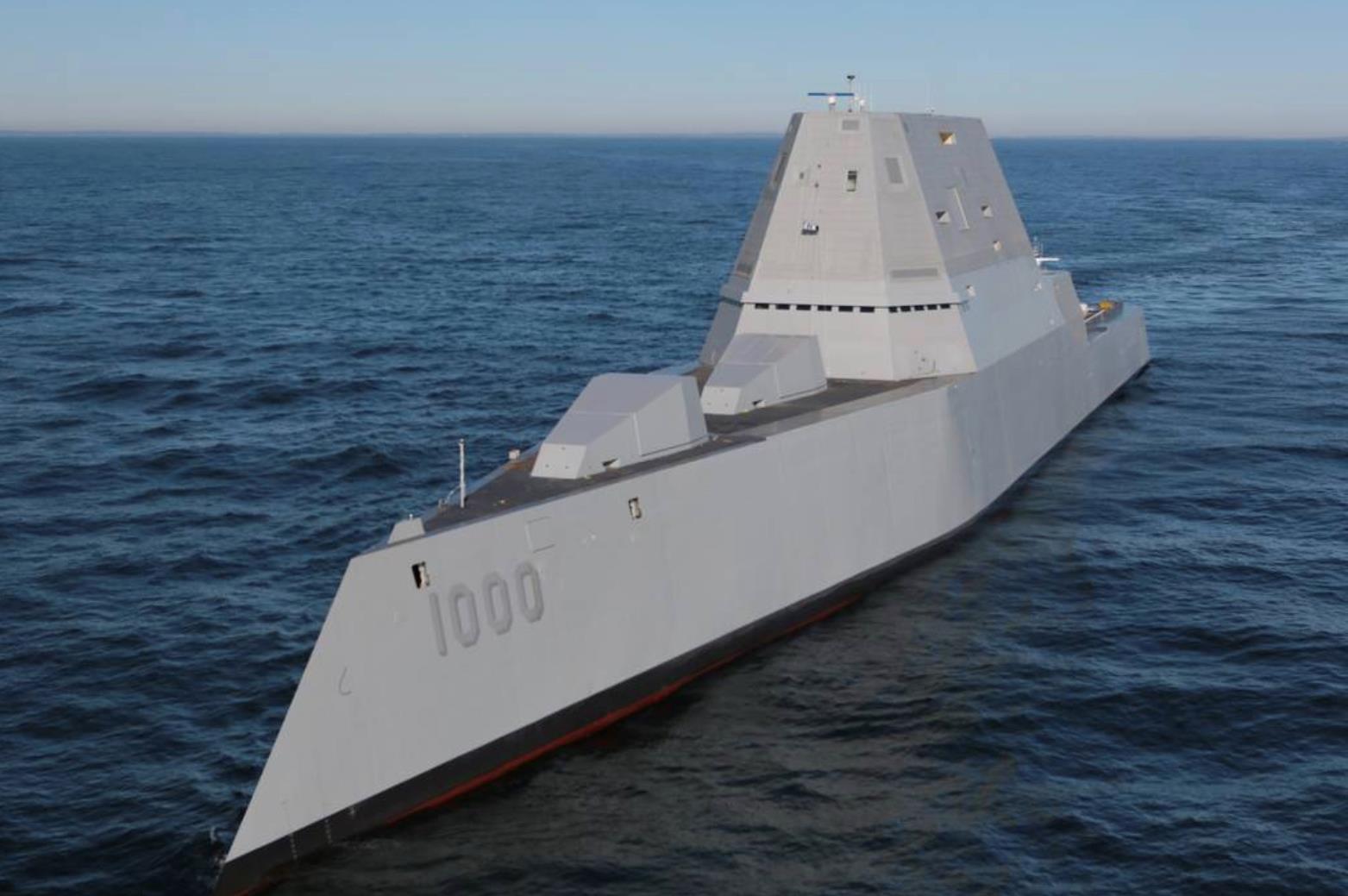(MENAFN- Asia Times)
In a move reminiscent of the Anglo-German naval arms race before World War I, China and the US are upping the ante by seeking to outbuild each other in large surface warships.
China has just announced that its second Type 055 cruiser Lhasa is combat-ready after a series of tests in the Yellow Sea. The Lhasa recently finished eight days of training simulations, including naval gunnery, missile firing, antisubmarine warfare, defense against chemical, biological, radiological, and nuclear (CBRN) threats, visit, board, search, and seizure (VBSS), personnel rescue and damage control.
Moreover, China is reportedly building two more Type 055 cruisers , which are being assembled in a large drydock in Dalian. China plans to induct a total of eight Type 055s into service over the next four years. Currently, China has three operational Type 055 cruisers, with the first of class Nanchang commissioned in 2020 and the Lhasa and Dalian commissioned in 2021.
The Type 055 cruiser is the largest surface combatant currently built, being 25% larger than the equivalent US Ticonderoga class. The ships feature stealthy construction and combined gas turbine and gas turbine (COGAG) propulsion.
They are equipped with advanced radar and sonar systems and armed with universal vertical launch systems (VLS) which can carry anti-ship, anti-air, or anti-submarine missiles.
The ship also has a 130 mm main gun and Type 730 close-in weapons system (CIWS). The ships are expected to be armed with anti-ship ballistic missiles soon and become a key asset in China's future carrier battlegroups. The class can also accommodate two medium helicopters.
At the same time, the US is now outfitting its third and final Zumwalt-class destroyer USS Lyndon B. Johnson (DDG-1002). Delivery of the ship is expected in 2024, with the ship joining the USS Zumwalt commissioned in 2016 and the USS Michael Monsoor commissioned in 2019.

The Zumwalt class destroyer at sea. Image: U.S. Navy
The Zumwalt class has several advanced features , notably its stealth tumblehome design to reduce its radar-cross section. It also features an integrated deckhouse that is fully shielded against electronic and infrared emissions. The class is the first in the US Navy to use all-electric propulsion to reduce detectable noise, vibration and provide more power for its weapons systems.
The class is optimized for littoral and network-centric warfare, with its VLS systems designed to launch the Tactical Tomahawk cruise missile for land attack and SM-3 missile for air defense. It features a 155 mm advanced gun system capable of firing guided projectiles for naval gunfire support and a 57 mm BAE 57 mm Mk110 naval gun in a CIWS role.
It can accommodate two antisubmarine helicopters, or one helicopter and three Vertical Take-Off and Landing Unmanned Aerial Vehicles (VTUAVs).
The US Navy originally intended to procure between eight to 12 Zumwalt destroyers but cost overruns led the US to stop production at just three ships and to focus instead on building more upgraded Arleigh Burke destroyers.
In addition to the Zumwalt class, the US is building the Constellation-class frigate as a follow-on to its Littoral Combat Ships (LCS) and recently unveiled its New Generation Destroyer design, which aims to replace Arleigh Burke destroyers and Ticonderoga cruisers, and feature technology from the Zumwalt class.
China's Type 055 and America's Zumwalt classes were built with different purposes in mind. The Type 055 is intended to form an integral part of China's future carrier battlegroups, providing area defense alongside the earlier Type 52C and Type 52D destroyers.
However, what may set the Type 055 apart from its predecessors is that it can function as a flagship for surface action groups, and its larger VLS in the future will be able to carry hypersonic missiles to attack US carriers.
In contrast, the Zumwalt class is designed to support amphibious landings with naval gunfire and land-attack capabilities like the battleships of World War II. However, with just three ships in the class, a lack of feasible missions and cost overruns, the Zumwalt class might end up more as demonstrators whose technologies may be integrated into more feasible and sustainable warship designs.
MENAFN15012022000159011032ID1103542407
Legal Disclaimer:
MENAFN provides the information “as is” without warranty of any kind. We do not accept any responsibility or liability for the accuracy, content, images, videos, licenses, completeness, legality, or reliability of the information contained in this article. If you have any complaints or copyright issues related to this article, kindly contact the provider above.